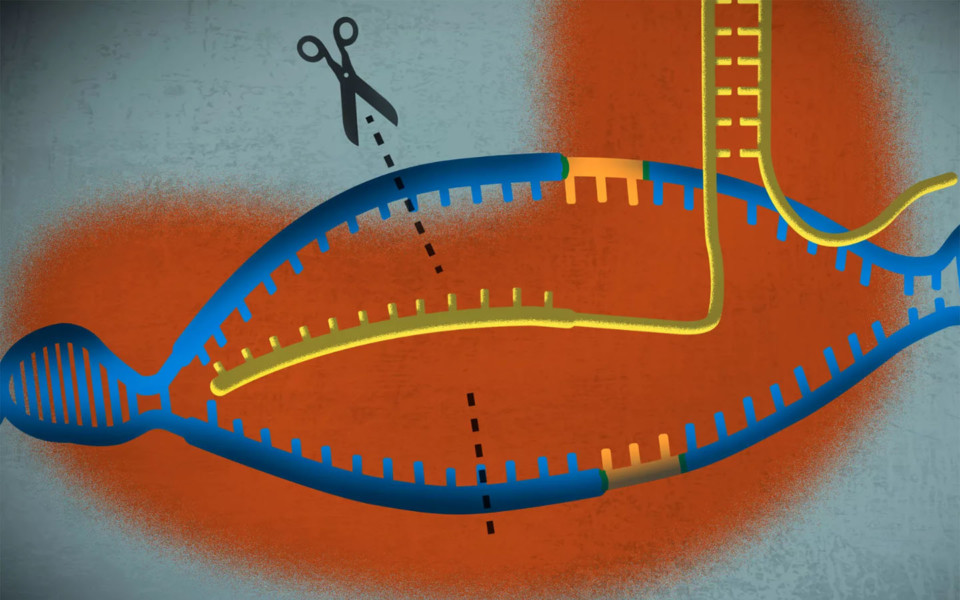CRISPR’s co-developer on the revolutionary gene-editing technology’s past — and its future
Jennifer Doudna will be the first to tell you that she didn’t invent CRISPR, but she did help start the CRISPR revolution. In 2012, she was part of a small group of researchers at the University of California Berkeley who showed that CRISPR technology can be used to edit the genetic code of just about any organism quickly and precisely.
CRISPR gets its name from DNA fragments found in many bacteria. When bacteria successfully fight off invaders like viruses, they chop up the outside genetic material and store it as CRISPR sequences, creating a “database” of invader genes. Whenever a potential threat arrives, the bacteria can send defense enzymes (called Cas proteins) to search for CRISPR sequences in the invader; if one is found, the enzymes chop up its genetic material, killing it.
Doudna and her team realized that by giving Cas proteins genetic material resembling that of an invading organism, the proteins will cut DNA in a targeted, scalpel-like fashion. In the hands of scientists, the tool has radically simplified gene editing, the process of altering the biological instruction manual of living organisms.


